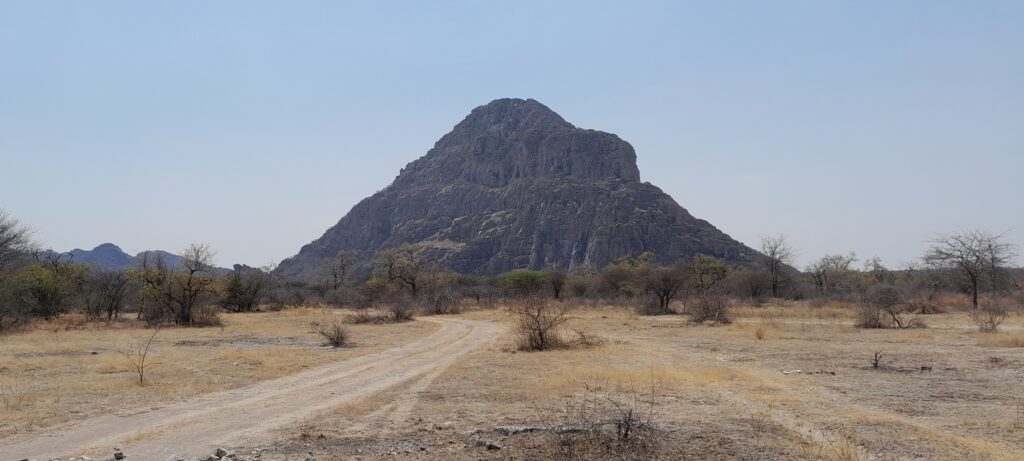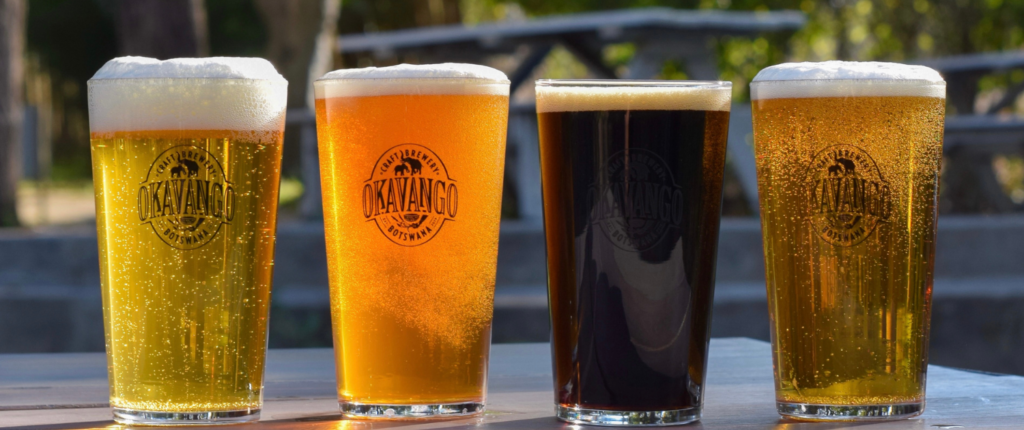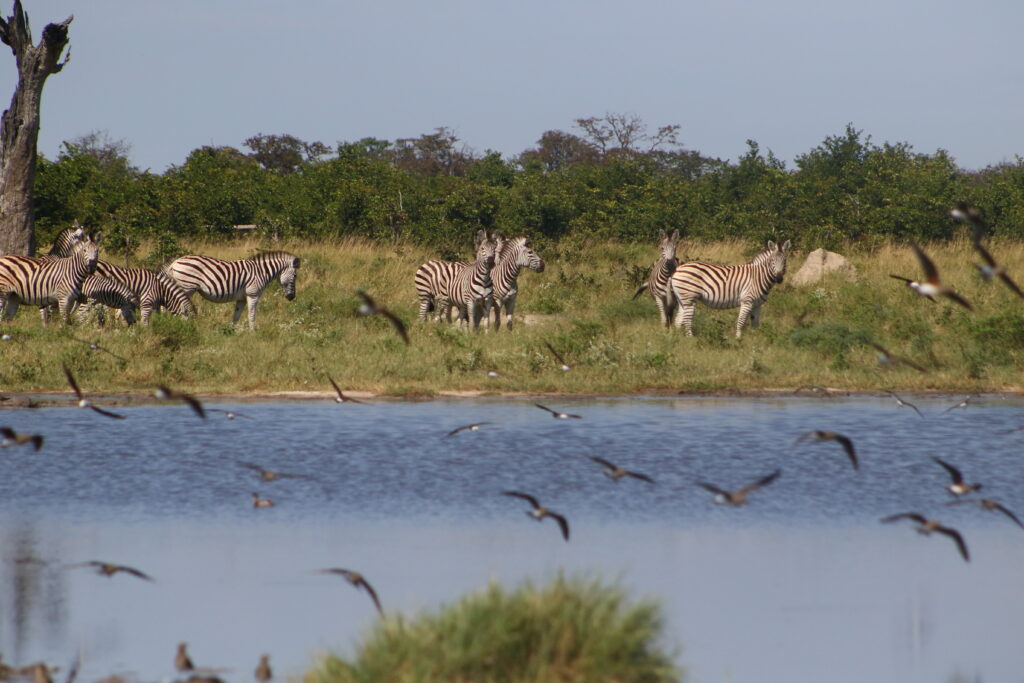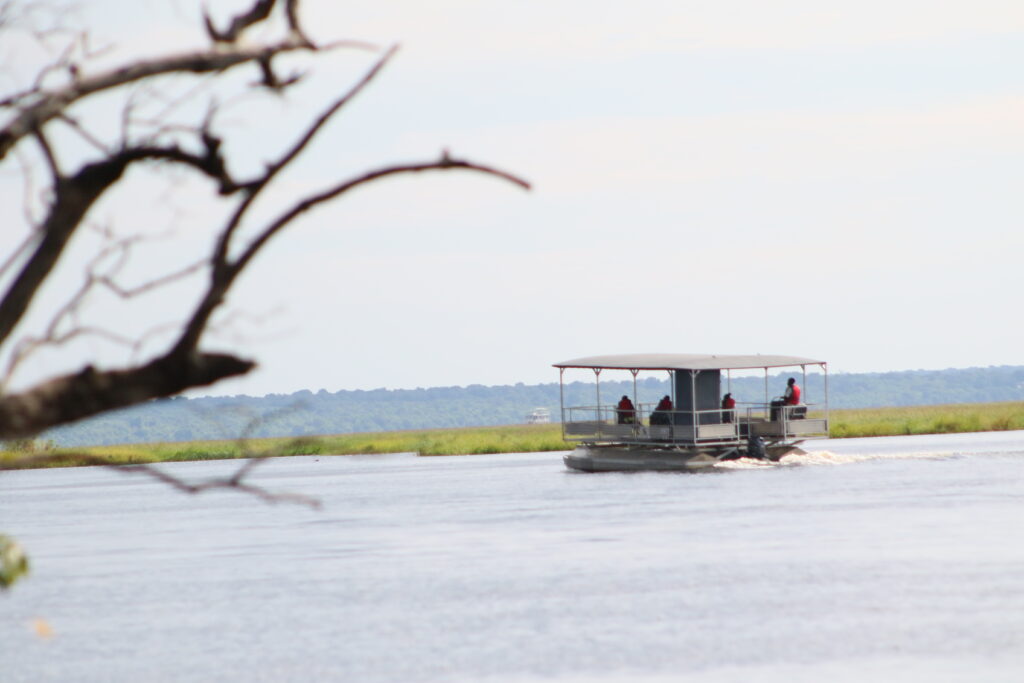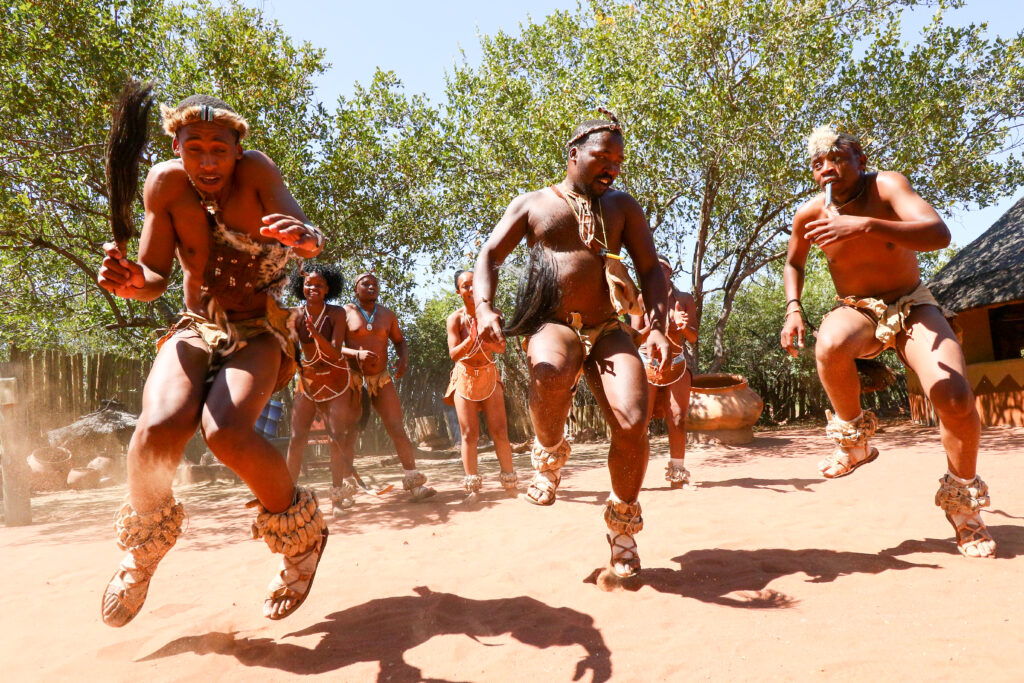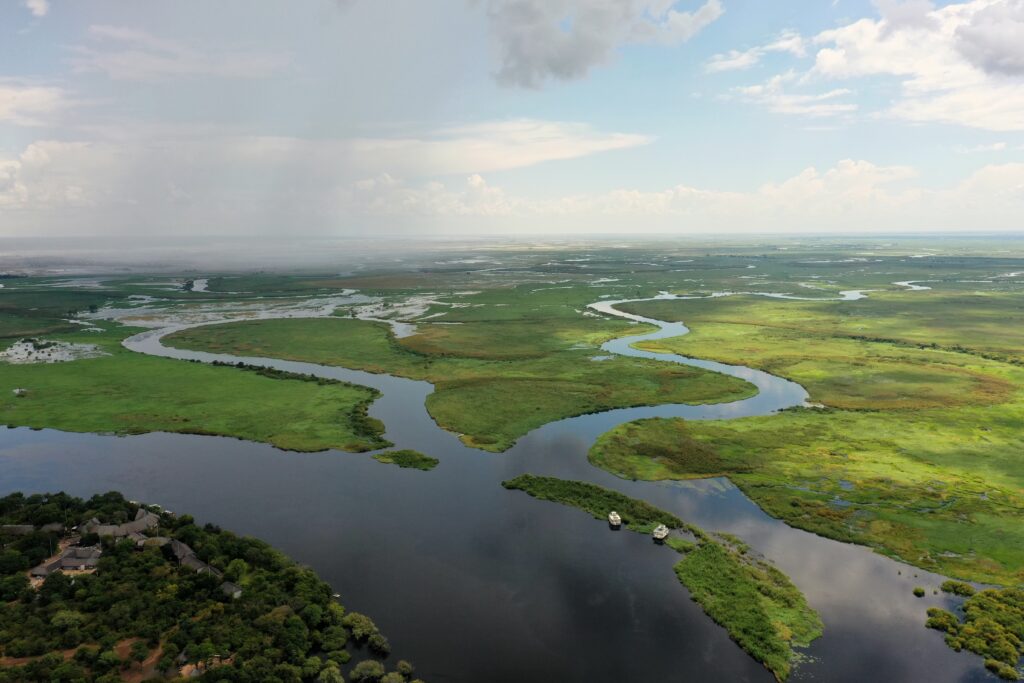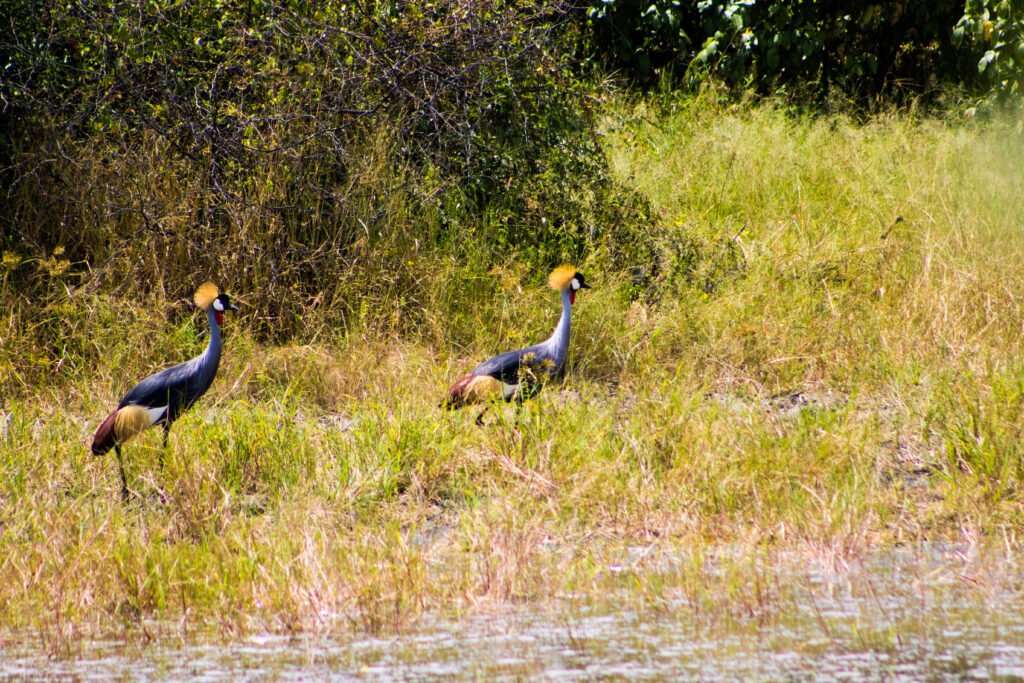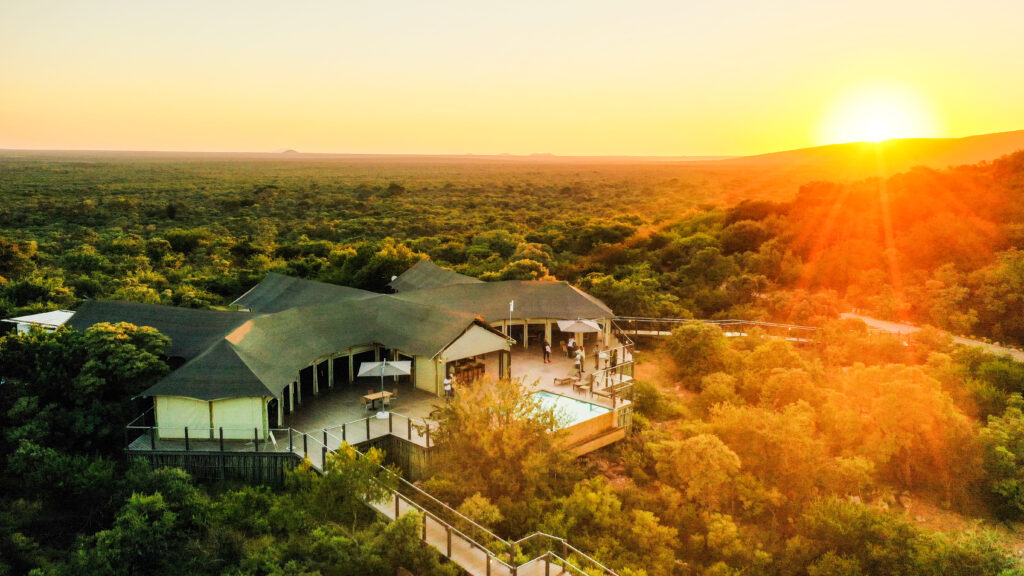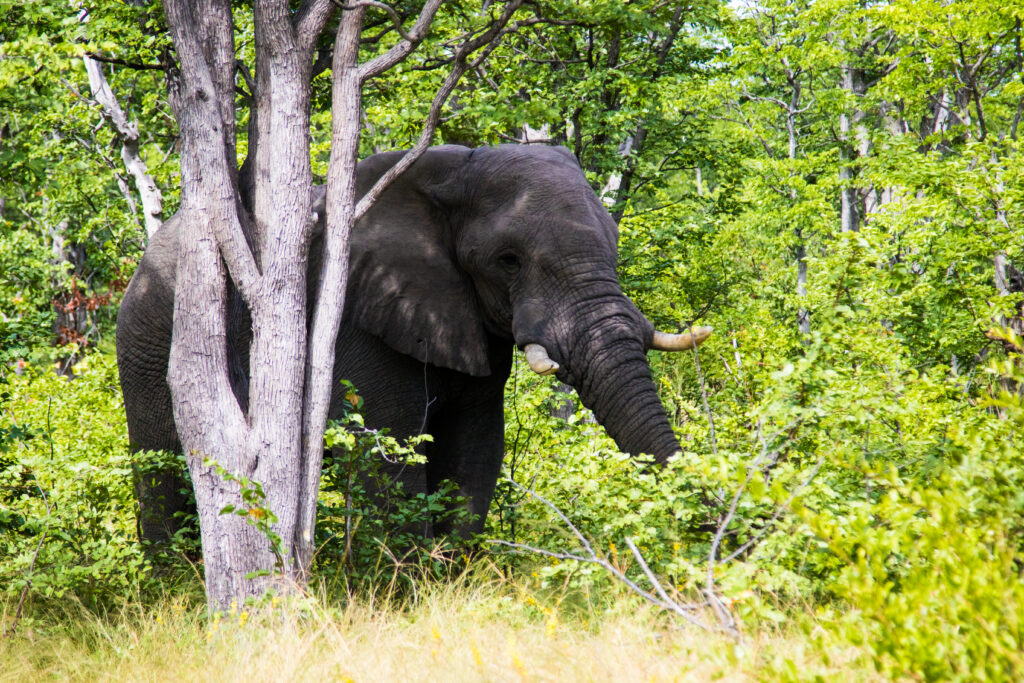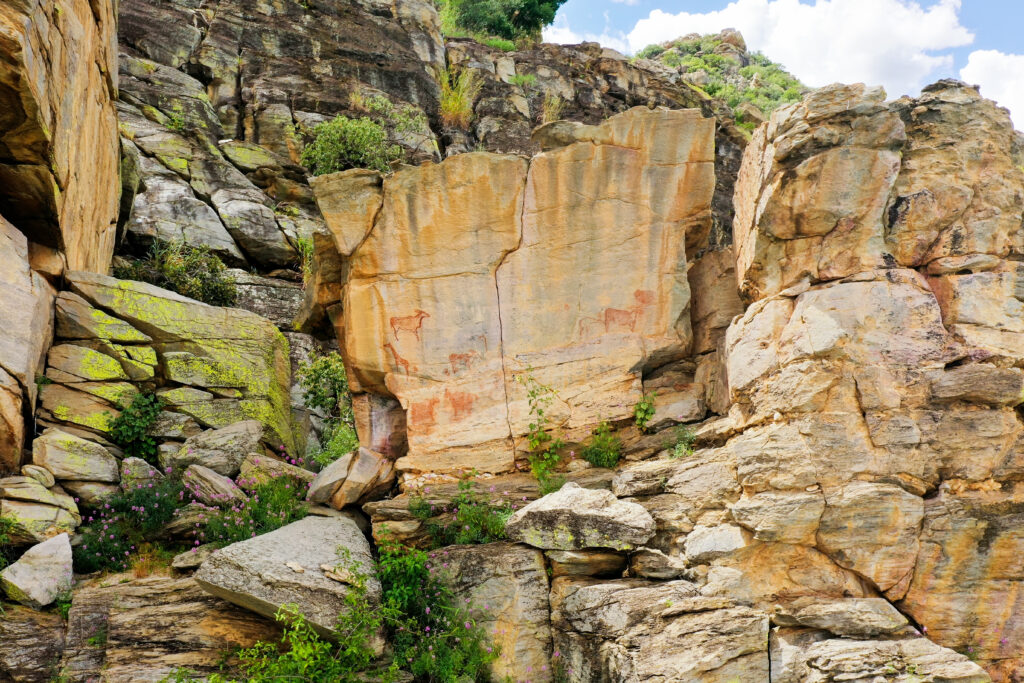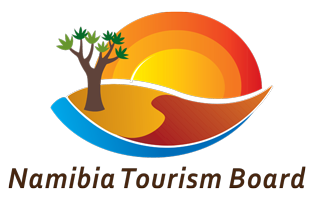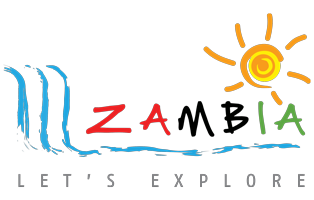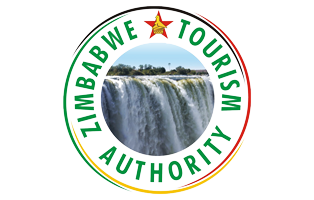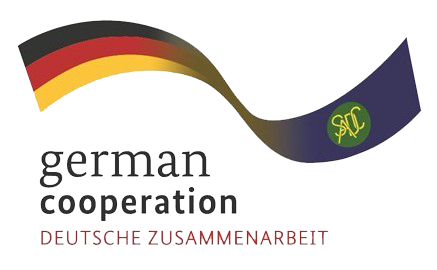WELCOME TO THE KAVANGO-ZAMBEZI
BOTSWANA
The Kavango Zambezi TFCA is enormous, larger than Germany and Austria combined and nearly twice as large as the United Kingdom. It lies in the Kavango and Zambezi river basins where Angola, Botswana, Namibia, Zambia and Zimbabwe converge.
Botswana in depth.
Botswana is a bucket list destination for the wildlife enthusiast, boasting several of the world’s top wildlife reserves. It is thus hardly surprising that the north of this wild country makes up the largest slice of the Kavango Zambezi pie, its 153,000 km² representing around 30% of the park’s total area. Much of Botswana is semi-desert, dominated by the seemingly endless Kalahari. Within the Kavango Zambezi area, however, is one of the world’s most important wetlands, the lush Okavango Delta, together with the wild woodlands and floodplains of the Chobe-Linyanti river system. The park also extends south to the sweeping grasslands and shimmering salt plans of Makgadikgadi, and west to the remote, mysterious Tsodilo Hills.
The Okavango Delta is a watery labyrinth of islands and channels formed where the southbound Okavango river – its original course diverted by ancient tectonic upheavals –meets the Kalahari and fans out before disappearing into the desert sands. It exerts a magnetic pull upon the region’s wildlife, its annual floods drawing thousands of elephant, buffalo, zebra and others from across northern Botswana to the lush growth.
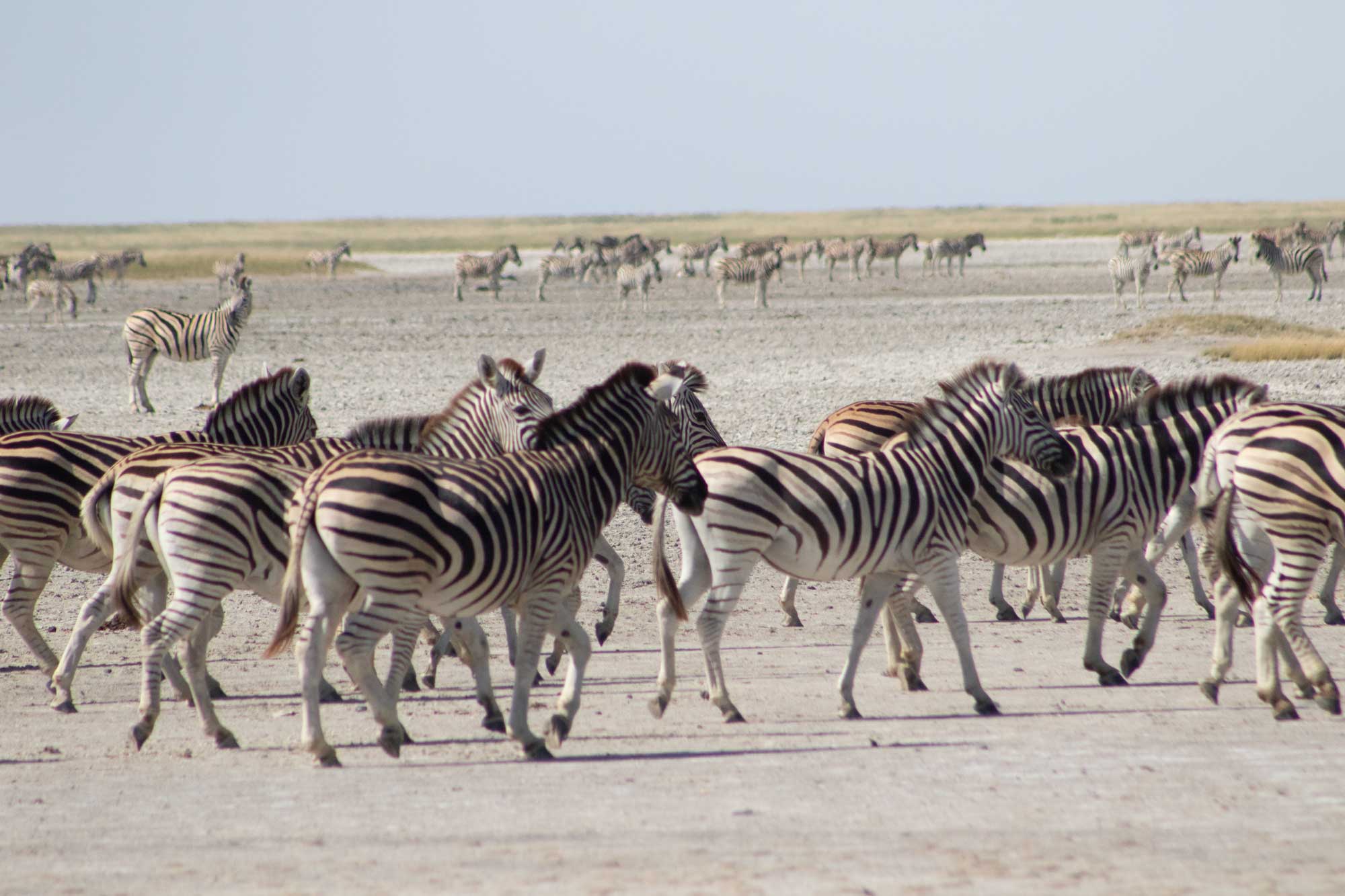
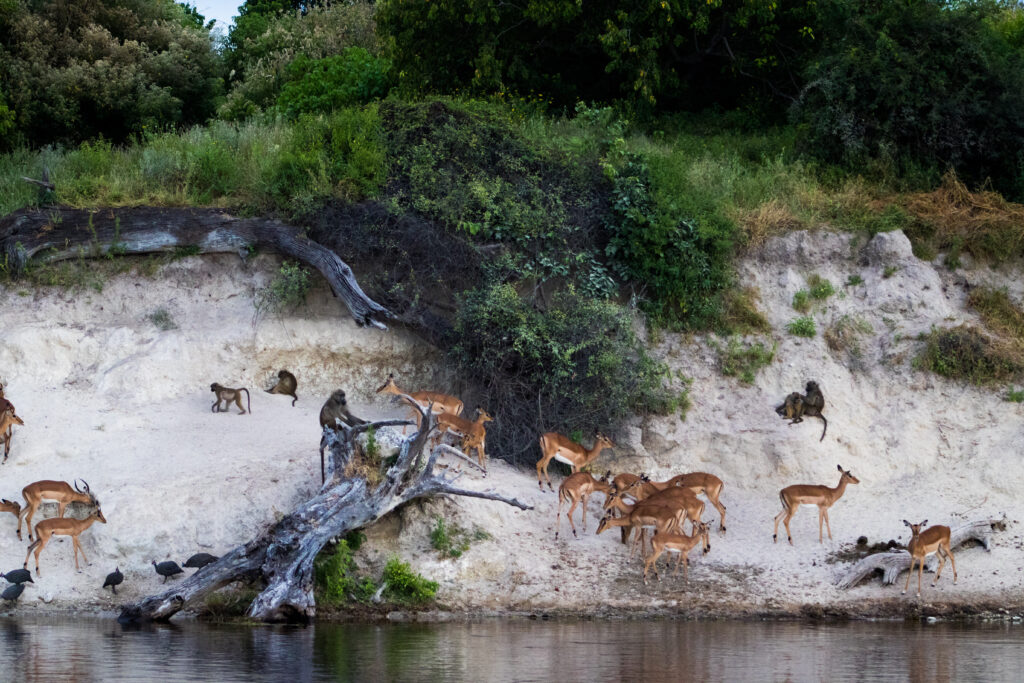
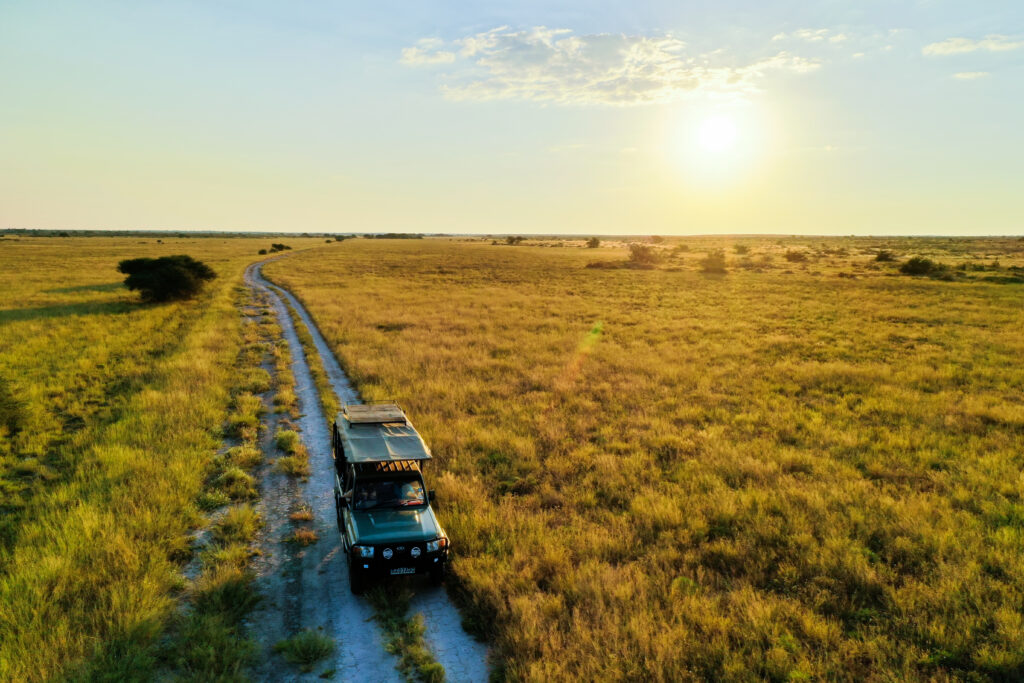
For the visitor, the Delta is best considered as several distinct areas, each accessed separately. In the far northwest, the main channel, known as the ‘Panhandle,’ is home to a wealth of water birds. Further east, the river splits into a myriad islands and hippo-dredged channels, where a mokoro dugout is the best way to seek out wildlife such as the shy sitatunga. In the far northeast, Moremi Game Reserve, run by the local community, has game viewing to rival anywhere in Africa. Huge seasonal herds of elephant and buffalo crowd the waterfronts alongside abundant giraffe, zebra and numerous antelope – notably red lechwe on the floodplain and shy roan and sable in the mopane woodlands. White rhinos have been reintroduced and predators abound, with the whole area – including the adjoining Khwai concessions – boasting perhaps Africa’s densest population of African wild dogs.
North of the Okavango lie the Linyanti Swamps, a similar but smaller wetland formed where the Cuando River flows south from Namibia and doglegs eastwards, spilling into another maze of waterways. This remote region harbours similar wildlife abundance, and is the location of several private concessions, including the Kwando Game Reserve and Linyanti Game Reserve. With no borders separating it from the Okavango – or from Chobe National Park to the east – animals migrate freely across. During the dry season, elephant are everywhere, along with red lechwe, zebra, impala and buffalo, while lion, wild dog and cheetah are regularly seen. Visitors can explore on wheels, on foot or even in a canoe.
Chobe National Park is Botswana’s oldest reserve, contiguous with the Okavango/Linyanti region to the west and Zimbabwe’s Hwange National Park to the east. The Chobe River is, in fact, the easternmost stretch of the Cuando, and flows into the Zambezi at Kazangula, where Botswana, Namibia, Zambia and Zimbabwe all converge. The dry season sees huge elephant gatherings along the waterfront, while buffalo herds thousands strong draw lions onto the floodplains. Other predators include leopard, spotted hyena and wild dog, while hippos and crocodiles throng the river and carmine bee-eaters dazzle among the birdlife. Southwest, beyond miles of dense mopane woodland, lies the Savuti region – an area of open plains where the Savuti Channel draws abundant wildlife. Here you will find nature in the raw, with plenty of lion/hyena action and elephant bulls wandering through camp. The grasslands are prime cheetah habitat, with stately kori bustards conspicuous among the birdlife.
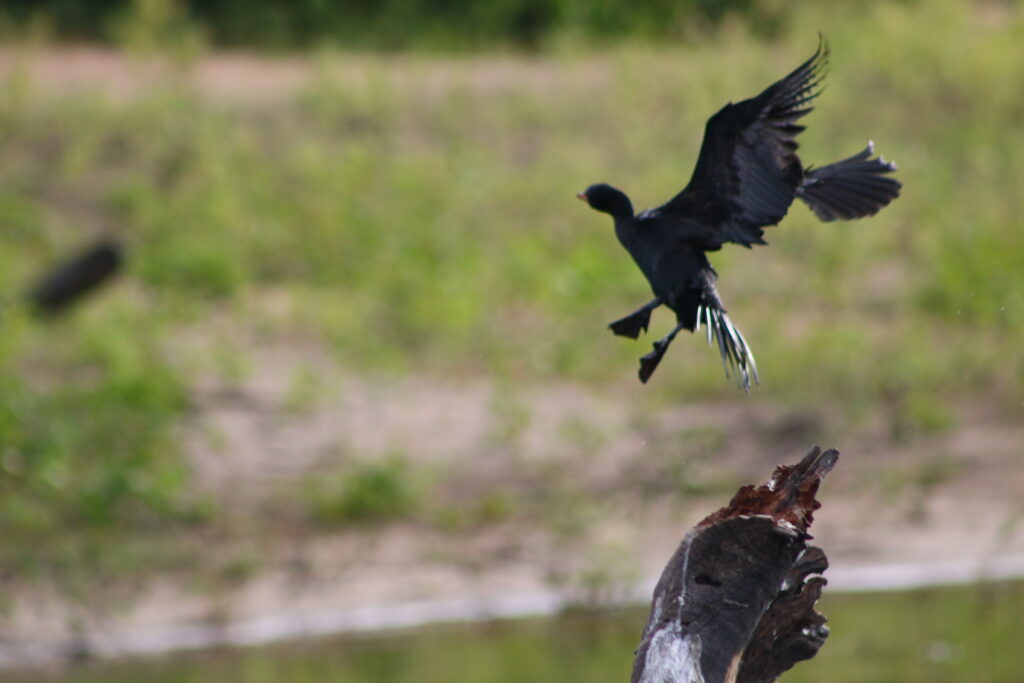
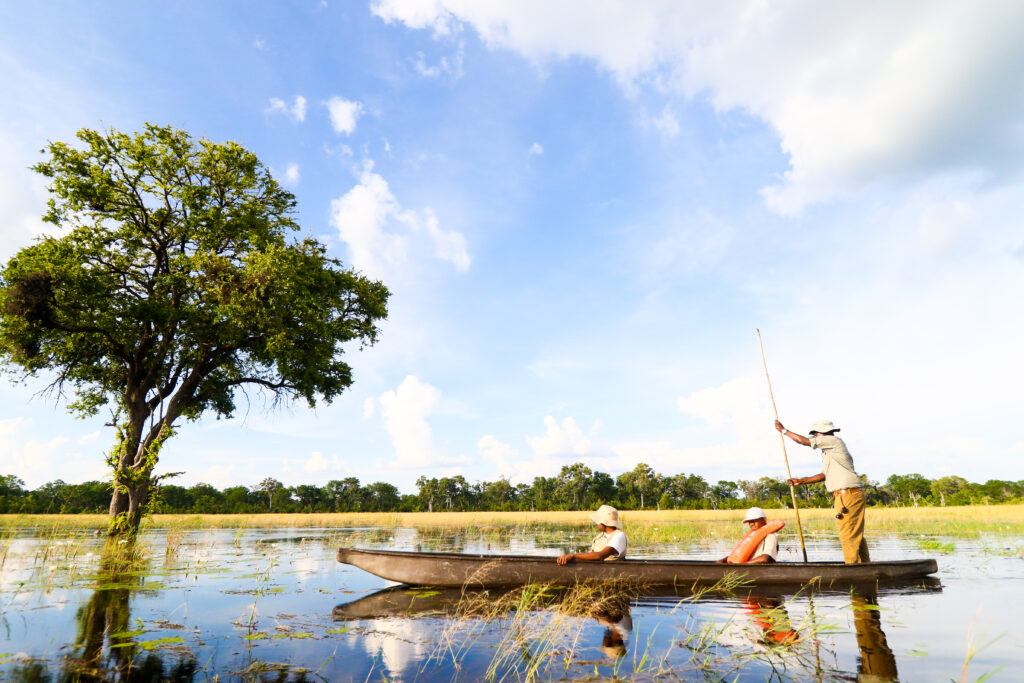
East of the Okavango, on the Kalahari’s northern fringe, lie the Magkadikgadi and Nxai Pans. These flat, shimmering expanses of salt briefly flood after good rains, drawing flamingos and other water birds to breed. The surrounding palm-studded grasslands support typical Kalahari species such as springbok, springhare, brown hyena and meerkats. In summer, the semi-arid landscape is transformed by lush green growth, drawing thousands of zebra south from Chobe. This is one of Africa’s greatest large mammal migrations and marks another of Kavango Zambezi’s key wildlife dispersal areas. Look out for lion and cheetah tailing the herds.
While most visitors come to northern Botswana for the wildlife, the region also has a fascinating human heritage. This is evident at Makgadikadi, where stone tools and other prehistoric hunter-gatherer relics litter the pans. Most impressive, however, are the remote Tsodilo hills – a separate region in the country’s far northwest that has a human history dating back 100,000 years and is now a UNESCO World Heritage Site. Here, among massive quartzite rock formations punching up from ancient dunes, is such a spectacular concentration of rock art that Tsodilo has been dubbed ‘The Louvre of the Desert.’
Explore Botswana
The Botswana region of Kavango Zambezi is particularly renowned for its stunning wetlands, including the Okavango Delta and the Chobe River. These wetlands provide vital habitats for numerous aquatic and semi-aquatic species, including hippos, crocodiles, and many fish species.
Find out more about Botswana
The People of Tsodilo Hills
Okavango Craft Brewery, Maun, Botswana
Trip Planner
Plan your dream trip to Kavango Zambezi in Africa with our one-click Kavango Zambezi trip planner. Explore wildlife, immerse yourself in the culture, and customise your itinerary based on your preferences and budget. Start your unforgettable adventure now.

 Angola
Angola  Botswana
Botswana  Namibia
Namibia  Zambia
Zambia  Zimbabwe
Zimbabwe 
